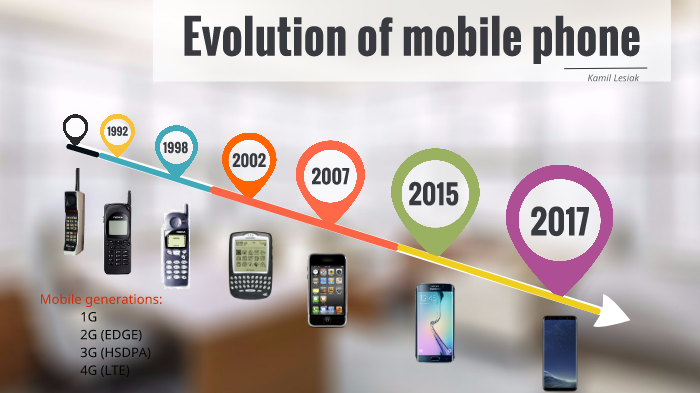The Evolution of Mobile Phones: From Novelty to Necessity
When did mobile phones become common? In today’s fast-paced world, it’s hard to imagine life without our constant companions: mobile phones. These pocket-sized devices have become an integral part of our daily lives, keeping us connected, informed, and entertained. But let’s delve into the fascinating history of mobile phones and uncover how they evolved from the bulky first cell phones into the sleek smartphones we know today.
The story of mobile phones stretches back to the early 20th century when the concept of a portable telephone first emerged. However, it wasn’t until the 1970s and 1980s that the first cell phones became commercially available. These early devices, often referred to as “brick phones,” were large, heavy, and primarily used by professionals.
The Motorola DynaTAC 8000X, introduced in 1983, is one of the most iconic examples of these early cell phones. Priced at nearly $4,000 and weighing over two pounds, the DynaTAC was a far cry from the sleek and lightweight smartphones of today. Despite its limitations, it represented a significant milestone in the history of mobile phones.
Throughout the 1980s and 1990s, mobile phone technology continued to advance rapidly. Manufacturers introduced smaller, more lightweight devices with improved features and functionalities. These advancements, coupled with the expansion of cellular networks, helped drive the widespread adoption of mobile phones among consumers.
By the late 1990s and early 2000s, mobile phones had become increasingly common, with millions of people around the world owning their own device. The introduction of prepaid plans and the availability of affordable handsets made mobile phones more accessible to a broader range of consumers, further fueling their popularity.
One of the key factors driving the widespread adoption of mobile phones was the diversification of features and functionalities. In addition to basic calling and texting capabilities, mobile phones began to incorporate features such as cameras, internet access, and multimedia playback. These additional features transformed mobile phones from simple communication devices into multifunctional tools that could be used for a wide range of purposes.
As mobile phone technology continued to advance, so too did how we use them. Smartphones, with their touchscreens, app ecosystems, and powerful processors, revolutionized the mobile phone industry, setting a new standard for what a mobile device could be. Today, smartphones are ubiquitous, with billions of people around the world relying on them for everything from staying in touch with loved ones to managing their finances and accessing information on the go.
The evolution of mobile phones has been driven by a combination of technological innovation, consumer demand, and market forces. From the humble beginnings of the first cell phones to the sophisticated smartphones of today, mobile phones have transformed the way we live, work, and connect. As we look to the future, it’s clear that mobile phones will continue to play a central role in shaping the way we navigate our increasingly digital world.
